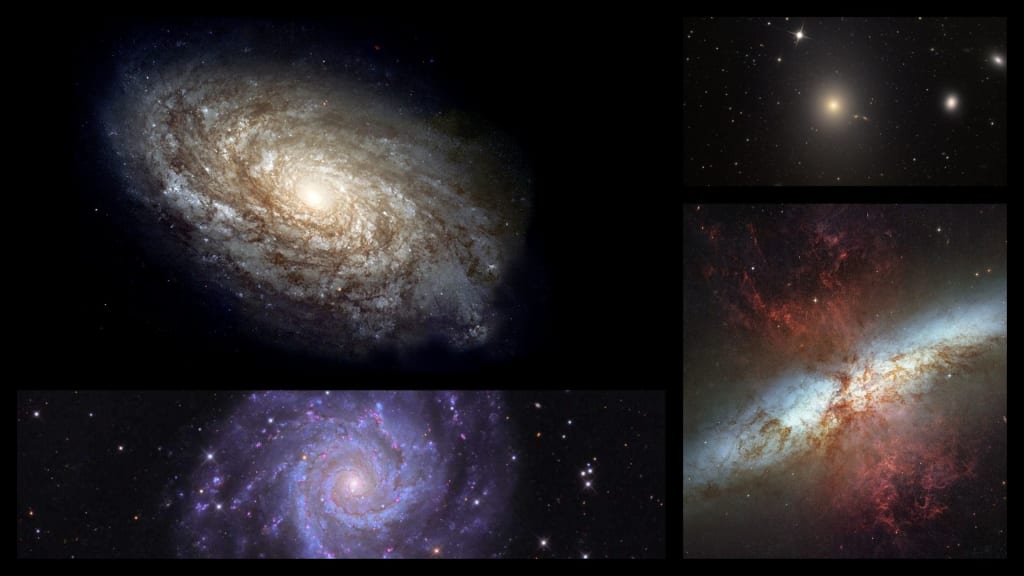
Generally speaking, there are four types of galaxies. However, don't be fooled by this. The complexity, beauty, and uniqueness of every galaxy can't be explained by categorizing them with one of these four simple labels.
- spirals
- barred spirals
- elliptical
- irregulars
A Spiral Galaxy - M74
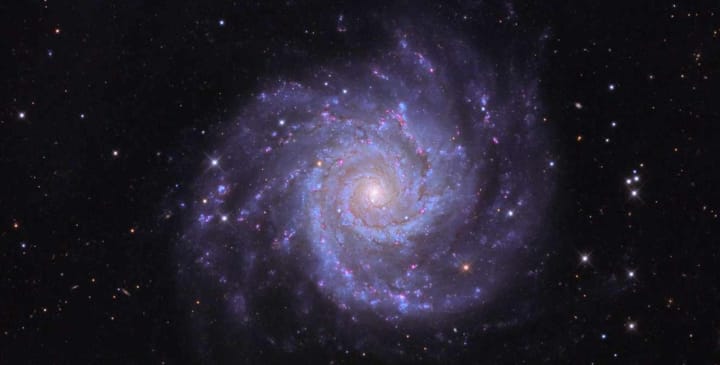
Spirals are made of young stars with several 'arms' curved around it. The central stars of a spiral galaxy tend to be old. These stars form the bulge found in the centre of the galaxy.
Barred Spiral Galaxy - NGC1300
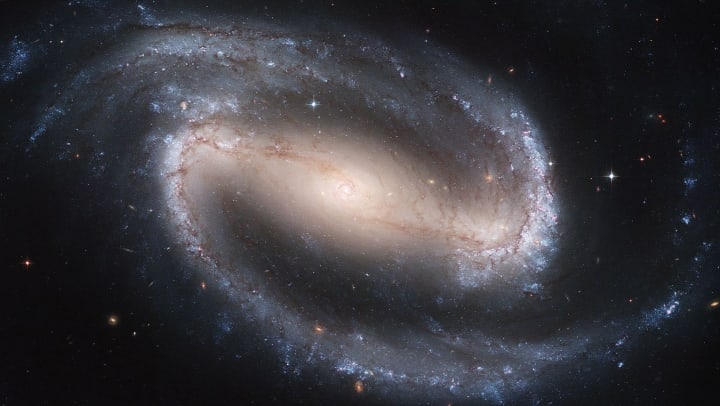
A Barred Spiral galaxy possesses a central rectangular—or bar-like—region with some spiral arms curving around it.
An Elliptical Galaxy - M87
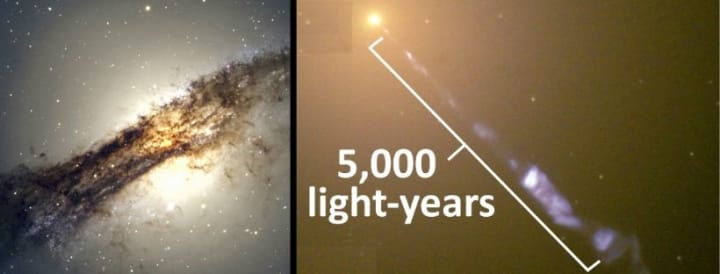
Elliptical Galaxies are galaxies that have no arms, few star-forming regions of dust, and they are usually made of old stars.
Irregular Galaxy - M82 (Starburst Galaxy)
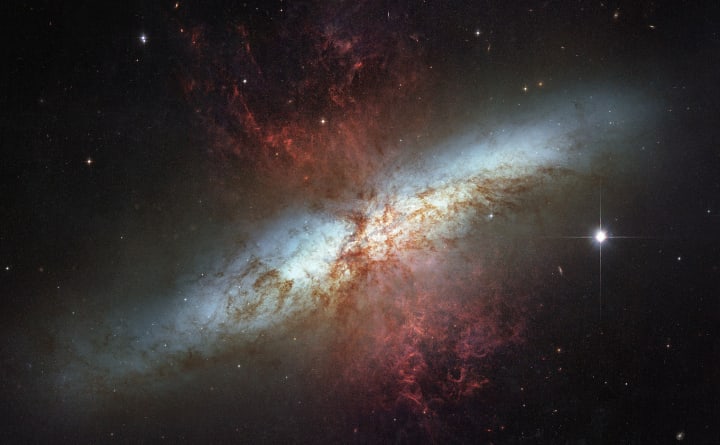
Irregular Galaxies are almost like an 'other category'. They have no distinct shape or structure. Sometimes, Irregular Galaxies are simply collections of stars that have formed from the merging of galaxies.
Wait... there are more than the four major categories?
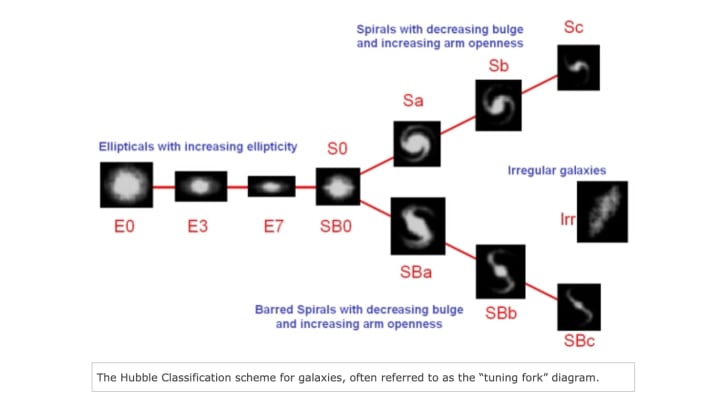
It's true, while many refer to classifying galaxies with these four simple titles: spirals, barred spirals, elliptical, and irregular. The explanation to why those four categories were chosen is much more complicated than I had originally anticipated. With that said, let's give it a try. Some galaxies don't (or can't) get categorized into the general four types of galaxies. Some galaxies possess a Black Hole in their centre. These include Quasars, Seyfert Galaxies, and BL Lacertae Objects. An entire Quasar would occupy a volume about equal to that of our Solar System, but would release as much energy as an entire 'regular' galaxy. In terms of numbers, those possessing 10 million stars are known as Dwarf Galaxies; those having in excess of a trillion stars are called Giant Galaxies.
NGC4414
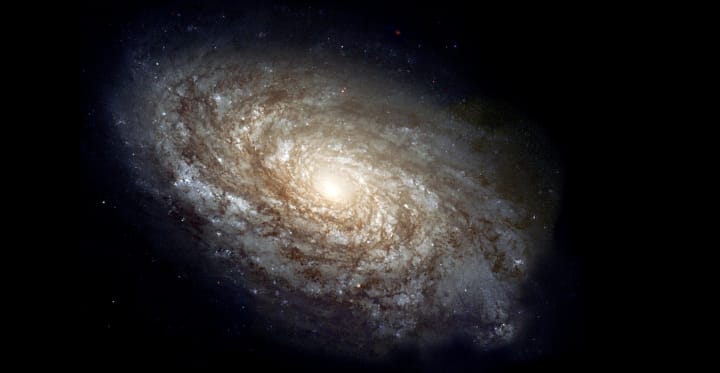
NGC4414 is a spiral galaxy found in the constellation Coma Berenices. It measures about 60,000 light years in diameter. It is about 60 million light years away from us.
NGC5195
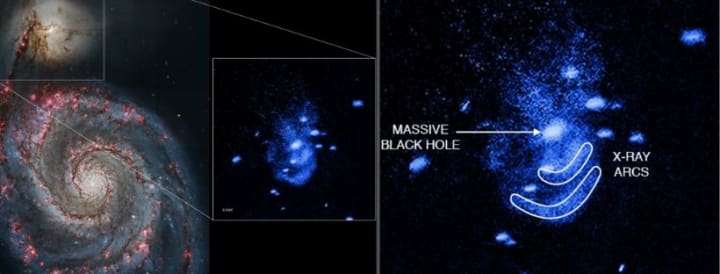
NGC5195 is a Whirlpool Galaxy that shows the presence of a companion galaxy. You can see it at the top left corner of this image. What makes NGC5195 even more interesting is that there is a massive black hole in the center of its companion galaxy. NGC5195 is about 25 million light years away, and is found in the constellation Canes Venatici
M87
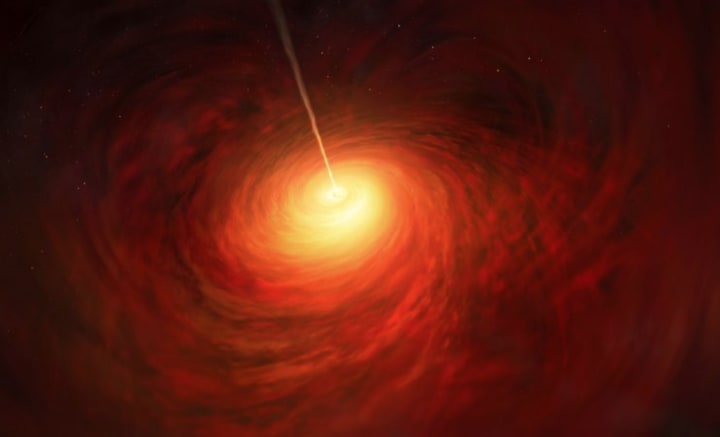
Clearly, galaxies of this nature are much different than spiral galaxies. M87 is very large, and is found near the centre of the Virgo Cluster of galaxies. Elliptical galaxies lack a defined structure, as well as posses little in the way of dusts and gases.
Andromeda Galaxy Example
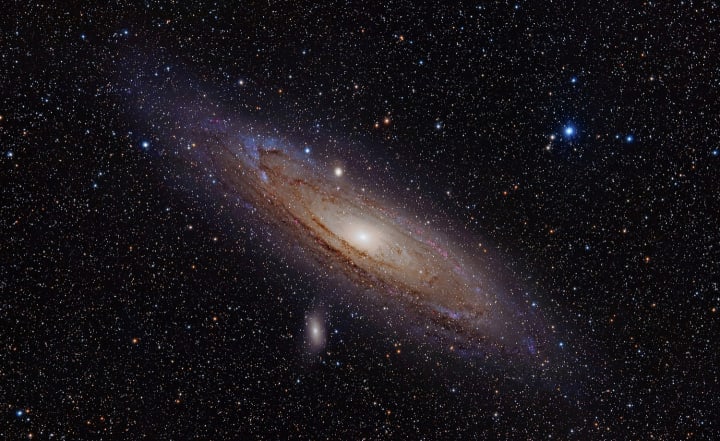
Andromeda Galaxy - Photographed by Adam Evans
The Andromeda Galaxy is 2.5 million light years away, and can be located just above the upper arm of the constellation, Andromeda. Other galaxies, such as the Leos and Canes Dwarf, lie closer to Earth, but Andromeda is the closest of the spiral galaxies.
It is about 60,000 light years across (a little smaller than the Milky Way) but contains about one trillion stars (more than twice as many as the Milky Way). In fact, Andromeda and the Milky Way are moving towards each other, and will collide in about two to three billion years.
NGC1300
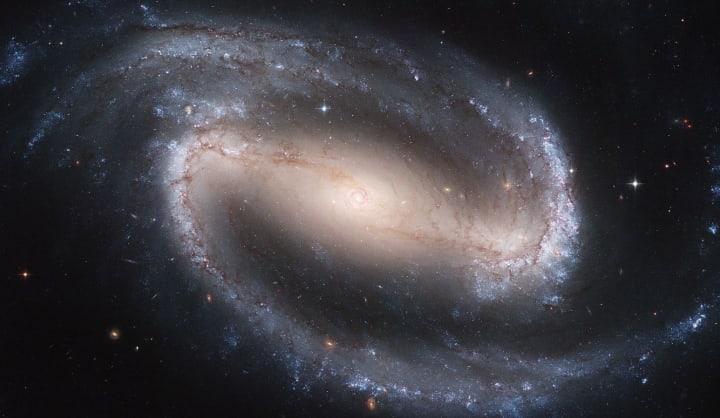
NGC1300 is a Barred-Spiral galaxy.
The blue outermost regions are where hot, young, blue stars are being formed. The brown regions are collections of dust and gas—nebula. The central region consists of yellow older yellow stars. The central bar measures 3,300 light years in length.
NGC4038 and NGC4039
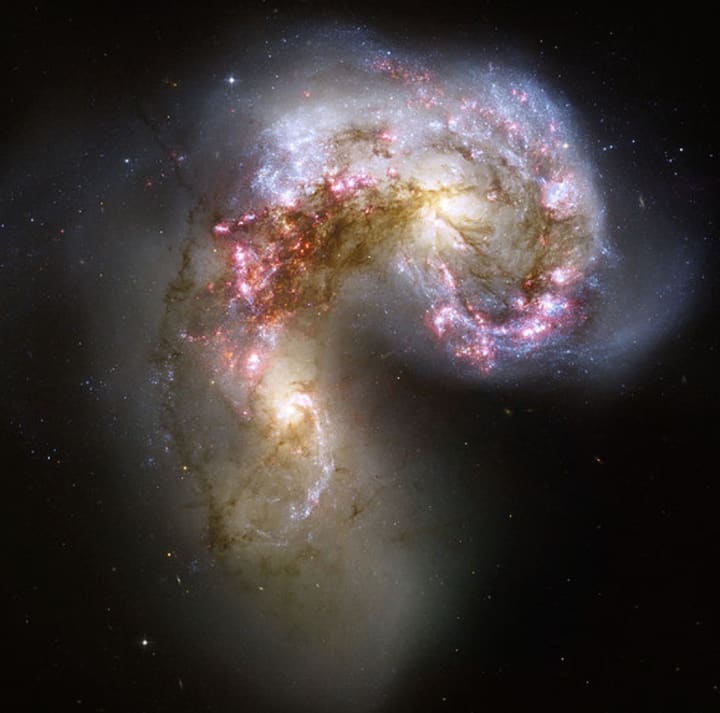
This collision began about 250 million years ago. Which actually makes it a young collision.
Mind Blown!
Galaxies are interesting in that they are so very, very massive, and yet, when we view them from Earth, even from the most powerful of telescopes, they appear as mere smudges of light. In some cases, such as the spiral galaxies, they have wonderful symmetrical shapes. In other cases, a galaxy might have little or no defined shape.
Galaxies harbor hundreds of billions of stars. One of the amazing things to think about when looking at a galaxy is to realize that there are thousands of civilizations within that galaxy…

Hello. Nice to meet you! How are you? Hmm... this feels like a really one-sided conversation... why don't you follow me on social media so I can get to know you too!
About the Author
I started blogging about two years ago and my collection of blogs and articles is getting pretty impressive. I’ve taken online classes for writing and even some classes about the art of blogging itself. It would be really awesome if you join the adventure and maybe even help me think of what to write about next. If you would like to submit some feedback or ideas, you can always tweet me on twitter.
Like the story? Share it!
Thank you for reading my article. Would it be okay if I ask another favour though? Would it be okay if you share this on your Facebook page or Twitter? If you can't share, there is a tiny little donate box at the bottom too. No pressure though, just thought I would mention it.
References
About the Creator
Nancy D
Facebook @NancyDBlogging
Twitter @BlogsNancy


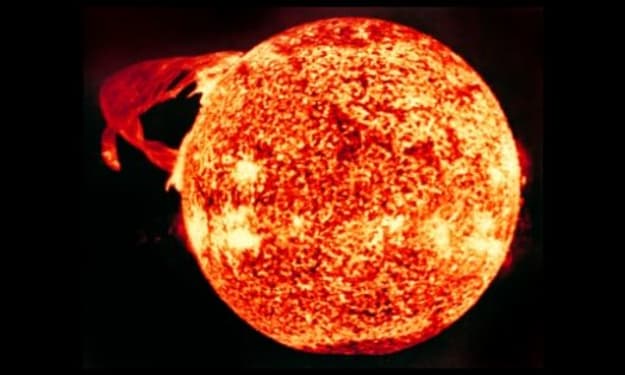



Comments
There are no comments for this story
Be the first to respond and start the conversation.